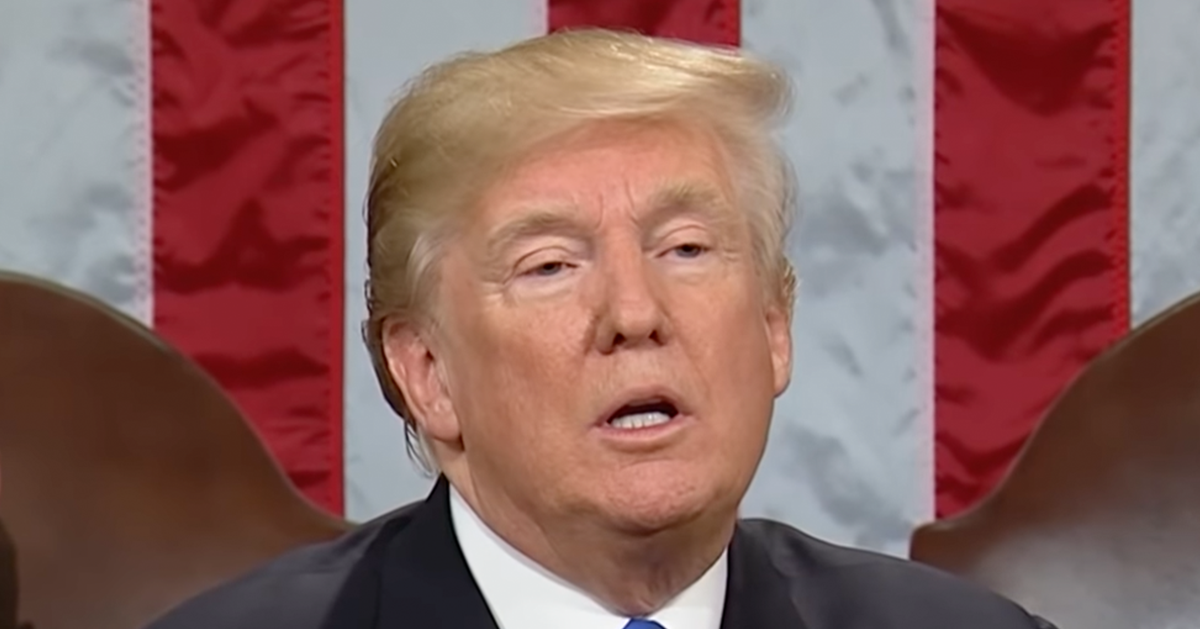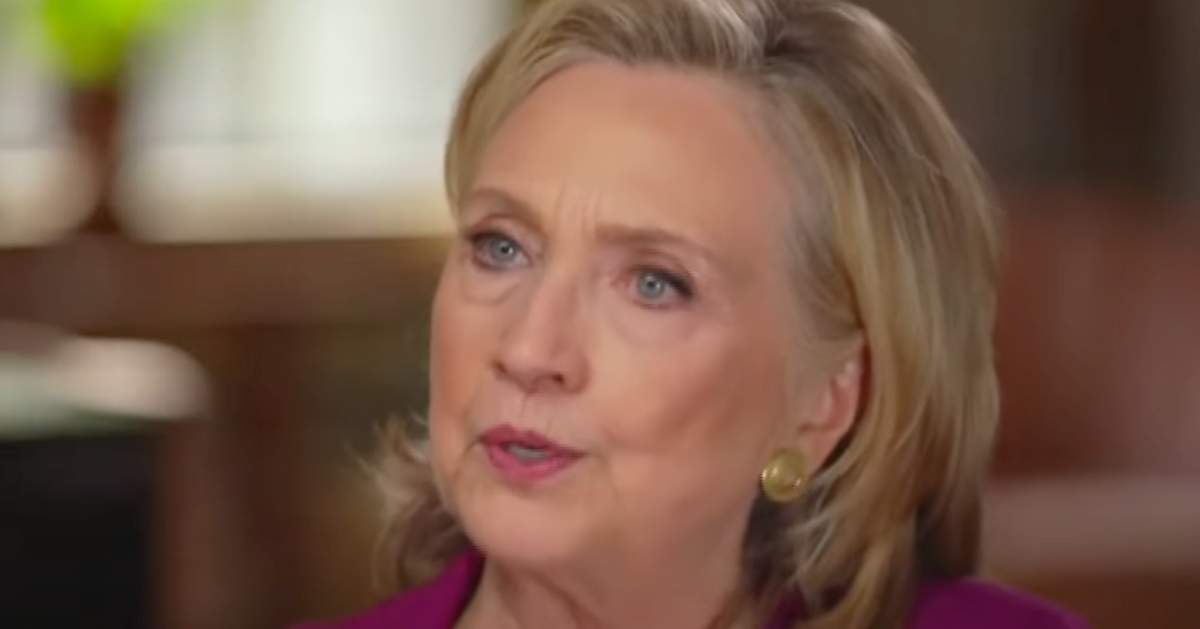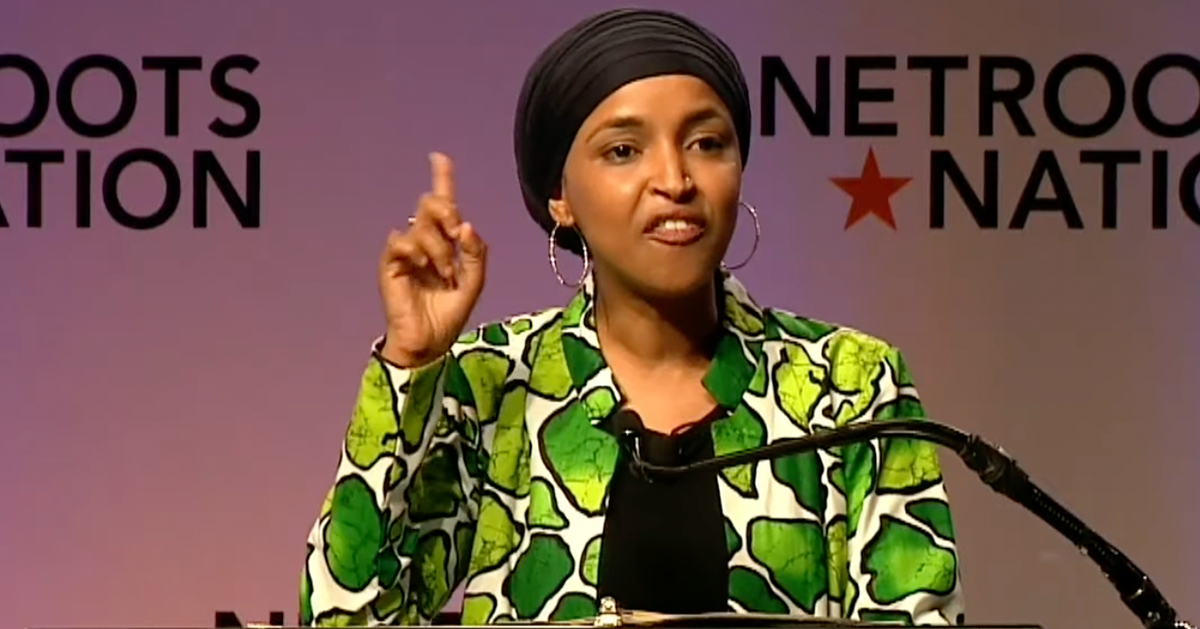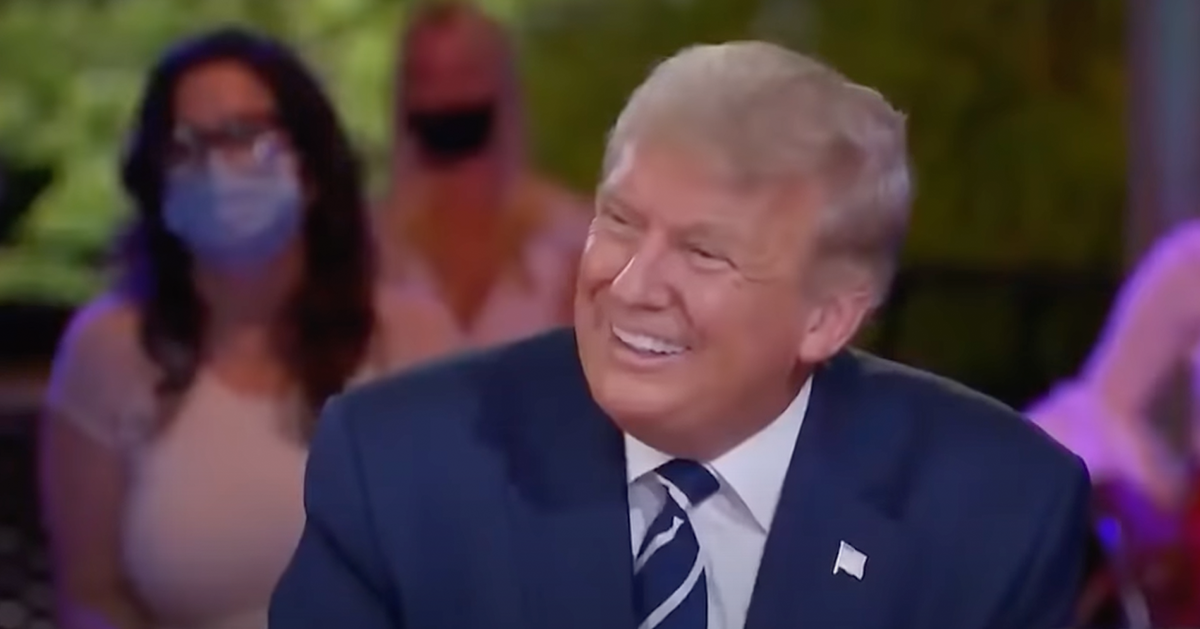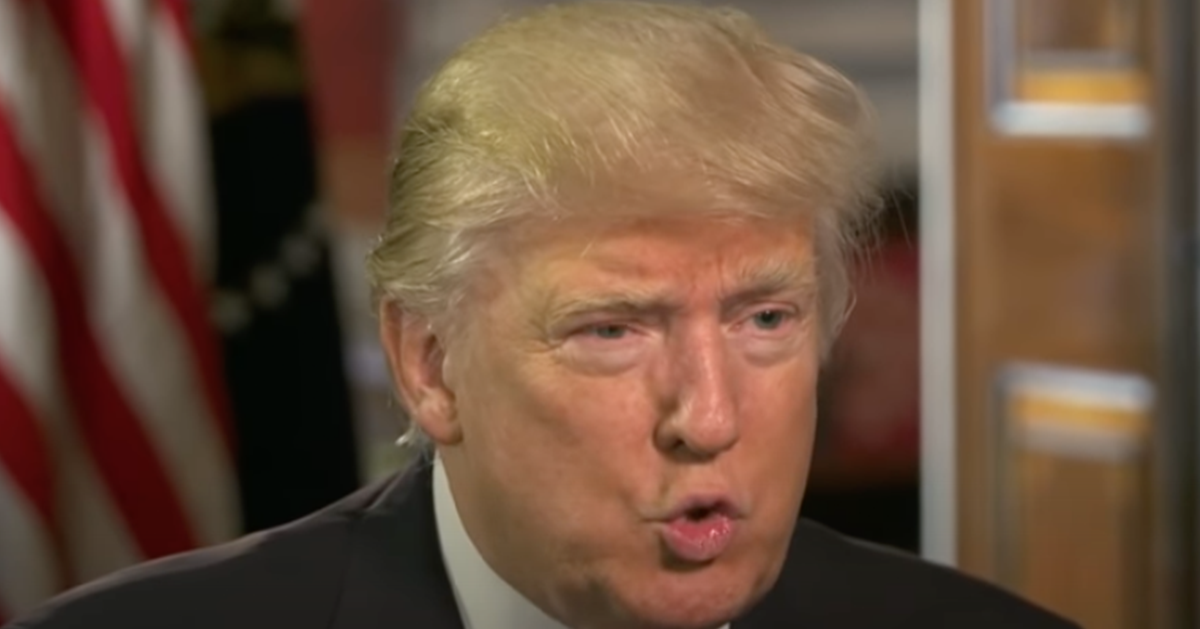Trump Matches Harris in National Polls, Erasing Rival's Previous Lead
In a surprising shift, the race between former President Donald Trump and Vice President Kamala Harris has tightened to a dead heat in national polling, just as election day looms on the horizon.
Trump has effectively closed the gap with Harris, bringing their once divergent standings into a closely contested tie as the nation braces for the upcoming vote and leaving the VP to worry about her campaign's prognosis, as the Washington Examiner reports.
Less than two weeks before election day, this development sets the stage for a fiercely competitive battle as voters across the United States make their decisions. Earlier in the month, polls suggested Harris maintained a slight lead over Trump. However, her advantage has gradually diminished until both candidates now stand neck and neck.
Harris's Lead Dissipates in October
The most recent poll conducted by the New York Times illustrates the dramatic narrowing of the gap. Harris, who once enjoyed a 3-point advantage at the beginning of October, now finds herself in a statistical tie with her Republican opponent.
This fluctuation in numbers is echoed in the RealClearPolitics average, where Harris's 2.2-point lead from early October has evaporated. The dwindling margin underscores the volatile nature of the current electoral climate.
The Wall Street Journal and CNBC have also reported similar findings, with some polls indicating Trump now holds the edge. As early voting is already underway across several states, these shifts could prove pivotal.
Trump's Campaign Gains Momentum
On the campaign trail, Trump has projected confidence, claiming to hold significant leads across several states critical to securing an electoral victory. In a recent rally in Las Vegas, he optimistically declared his campaign to be "leading by a lot" in battleground states such as Nevada and Arizona.
Trump's assertions extended to Michigan, Pennsylvania, Wisconsin, and even Colorado -- a state typically considered a Democratic Party stronghold. His optimistic rhetoric is a tactical move to rally voters in key regions.
The former president acknowledged the double-edged nature of publicizing his polling leads, cautioning that such information might deter complacent supporters from voting. Despite this, he remains vocal about his presumed advantages.
Swing States Remain Competitive
Swing state polls continue to present a complex picture in this election cycle. Both Harris and Trump are vying for votes in states where neither candidate holds a prohibitive advantage beyond the margin of error.
For instance, a poll by Keating Research shows Harris enjoying an 11-point lead in Colorado, a noticeable departure from the overall national deadlock. This disparity highlights the varied political landscapes across the country.
With the stakes incredibly high, both candidates are intensifying their campaigning efforts. They aim to solidify their positions and sway undecided voters before their campaigns officially conclude on Nov. 5.
High Stakes Conversations Persist
Both parties are acutely aware of the implications of a tightening race. For Harris, the challenge lies in reinforcing her base while extending her reach to undecided and swing voters.
As for Trump, his strategy revolves around capitalizing on perceived momentum and converting it into tangible electoral gains in crucial regions. This approach necessitates a careful balancing act of showcasing optimism without fostering complacency.
The evolving dynamics are intriguing political analysts, who are closely monitoring every twist and turn as the election approaches. The unpredictability adds an extra layer of suspense and interest to a race that already boasts significant consequence.
Election Day Anticipation Builds
As election day draws nearer, the fervor surrounding both campaigns is palpable. Millions of Americans have already cast their votes, but with such a slender lead, every additional vote could prove decisive.
With only a short window left, the final push involves intensive advertising, strategic rallies, and direct voter outreach. Voters will ultimately determine whether the current polling trends persist or shift before ballots are finalized.
The outcome remains anyone’s guess, hinging on turnout and the ability of each campaign to mobilize voters effectively. As the race gallops to its climax, all eyes will be on the electoral map come the night of Nov. 5.

